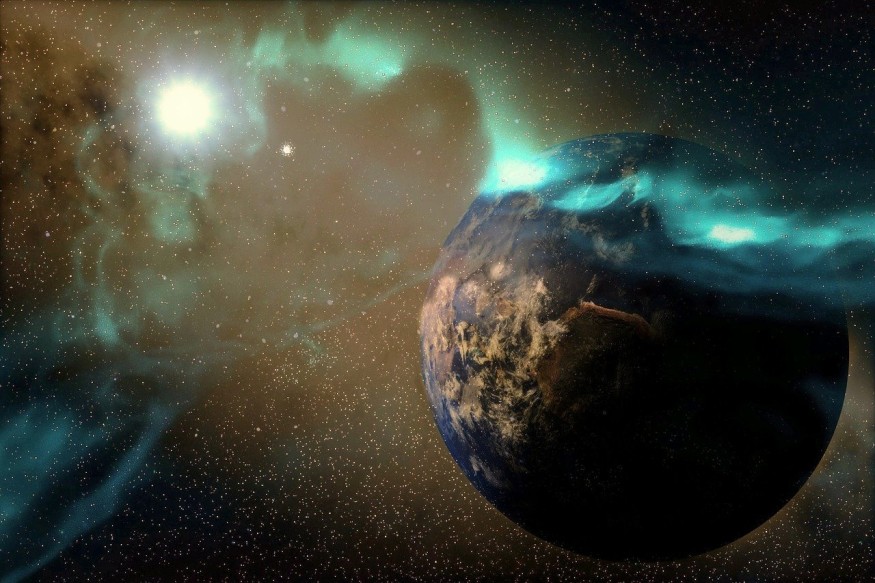A coronal mass ejection (CME) exploded from the Sun in recent days, triggering a geomagnetic storm that is likely to hit Earth this week. In its recent solar storm alert, the Space Weather Prediction Center (SWPC) has issued a geomagnetic storm watch. The watch is due to the Earth-directed CME linked with a "filament eruption" on Friday, November 3. Initial space weather forecasts suggest the solar storm will strike our planet over the weekend.
The CME-linked geomagnetic storm is expected to cause minor to moderate disturbances to Earth's magnetosphere, disrupting the planet's both radio and satellite technology, as it did in previous space weather events. In addition, aurora borealis or northern lights are also possible in some parts of the Northern Hemisphere, including as far as the northern United States.
Solar Storm Alert

In its solar storm alert report on Saturday, November 4, the National Oceanic and Atmospheric Administration (NOAA)'s SWPC announced that the CME on Friday is expected to bring G1 (Minor) geomagnetic storms at least around 21:00 UTC on Sunday, November 5. Meanwhile, a G2 (Moderate) magnetic storms are likely on Monday, November 6.
US federal government forecasters on Friday afternoon reportedly announced that the "geomagnetic disturbances caused by the incoming solar storms will start on Saturday and are likely to last through this week. Due to the potential threat posed by the said space weather hazards, the SWPC issued a geomagnetic storm watch valid until Monday.
NOAA forecasters have also issued a short-range geomagnetic storm outlook this week, predicting that there is a small chance of a solar radiation storm until Wednesday, November 8.
Geomagnetic Storm Watch
A geomagnetic storm watch means there is a chance for a geomagnetic storm hit Earth. As mentioned earlier, this type of space weather hazard may cause disruption to our planet's digital or electric infrastructure that rely on satellite signals and radio frequencies. This hazard may also come not only from CMEs but also other types of solar storms like solar flares and solar winds.
According to the United States Geological Survey (USGS), rapid magnetic field variations caused by geomagnetic storms can adversely affect our technology-based infrastructure, explaining what transpires when such storms hit Earth:
- The ionosphere is heated and altered during geomagnetic storms, disrupting not only long-range radio communications but also global positioning system (GPS) communications.
- Ionospheric expansion can increase the movement of satellites hovering at Earth's orbit, making them difficult to control.
- Satellite electronics can be damaged due to the build-up and discharge of highly-energized solar particles, particularly static-electric charges from space.
- Magnetic storms may lead to voltage surges in power grids, causing blackouts or widespread power outages, as well as radio blackouts.
The Carrington Event
While CMEs, solar flares, and other solar storms in recent years may not have a large impact on modern technology and infrastructure, a super solar storm that occurred more than a century ago is a stark reminder of the potentially catastrophic effects of violent solar activities on our planet.
In 1859, a series of sunspots produced solar flares and at least one CME from the Sun's entangling magnetic fields in a phenomenon that became known as the Carrington Event, the National Aeronautics and Space Administration (NASA) reported.
This space weather event caused powerful geomagnetic storms that led to widespread disruption globally, including some telegraph stations that caught fire and provided electric shocks to their operators.
Related Article: Solar Storm Alert: Geomagnetic Storm Likely to Hit Earth on Sunday
© 2026 NatureWorldNews.com All rights reserved. Do not reproduce without permission.





